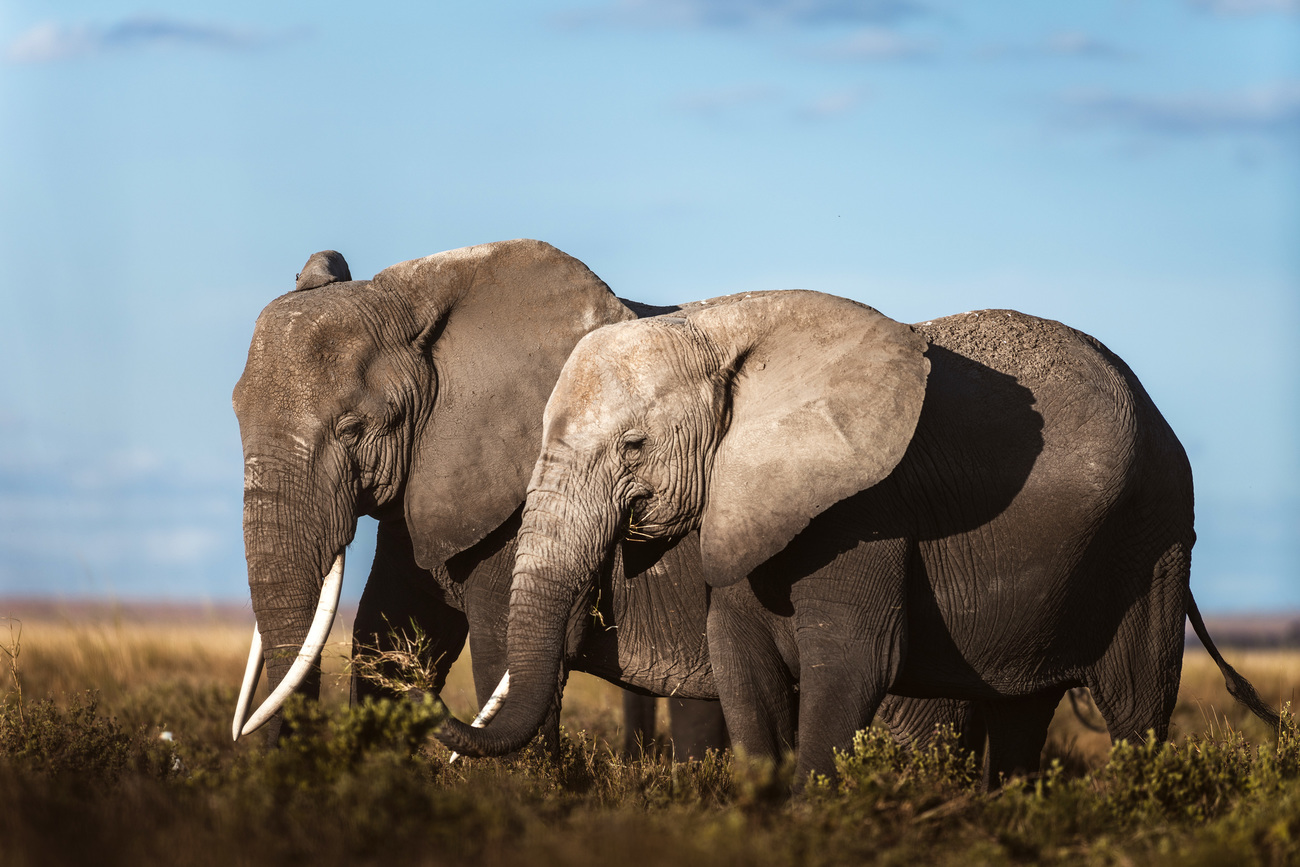Wildlife Crime Prevention - Europe
The European Union is widely considered to be the third largest destination for illegal wildlifeEU ivory trade: is it finally the right time for a ban?
EU ivory trade: is it finally the right time for a ban?

In the past months, we have seen some promising steps for the protection of elephants at the European level, steered also by pressure from public opinion and NGOs.
Luxembourg announced this week a new regulation to restrict the ivory trade in its territory and in Belgium two Members of the Chamber of Representatives proposed a law to restrict ivory trade. Both initiatives are in line with the national measures already taken by France and the UK.
EURACTIV recently published an article summarizing those last months and the initiatives from the European Parliament- which is clearly in favour of an EU-wide domestic ivory ban- but also from the European Commission with its public consultation on ivory trade and the guidelines prohibiting re-export of raw ivory. All eyes are now on the much awaited progress report on the EU Wildlife Trafficking Action Plan (EU WTAP) where the Commission is expected to communicate if further restrictions will be applied for worked ivory.
To reinforce the message and to raise awareness on wildlife trafficking, Catherine Bearder MEP, organized together with the Royal Museum of Natural History, the Belgian CITES authority, IFAW and other NGOs, an exhibition on confiscated wildlife specimens inside the European Parliament from 9-11 July. A high-level event with the European Commission, Belgian Ministry and MEP Bearder kicked off the exhibition. The following day IFAW joined a panel to answer questions about wildlife trafficking, share how IFAW is tackling wildlife crime and recommend further steps the EU can take to combat wildlife trafficking with a particular highlight on the EU WTAP and ivory.
This week the campaign group Avaaz released a startling study on the antique ivory trade in Europe. In an effort to determine if the worked ivory trade in Europe is legal, researcher bought 109 ivory items online and in antique shops in ten European Member States. These items were radiocarbon dated at Oxford University to verify their real age. Well, shocking enough the study found that 75% of items bought were in violation of EU laws claiming to be antique when they were in fact more modern pieces. 19% of the items were from elephants alive after 1990 illegal according to EU legislation. The radiocarbon tests indicate when the ivory grew on the elephant not when it was actually killed, so the dates are a conservative estimation of when that elephant died.
Note: the current European law states that worked ivory originally acquired before 1947 can be traded without restriction in the EU. Ivory produced between 1947 and 1990 can only be traded with a government-issued certificate, and ivory newer than 1990 is completely banned.
It is the first time that such a study is carried out in the EU; this is relevant given constant statements from EU officials that there is no clear evidence that the legal ivory trade in the EU is fueling the illegal market- therefore, this investigation put this claim at least into question.
IFAW, along with other animal welfare and conservation NGOs, has been tirelessly advocating that the EU market has a role in the illegal trade of ivory given its primary position as an exporter to Asia, the amount of seizures registered at European borders and IFAW’s recent investigation on the scale of wildlife online trafficking. In addition to the evidence of the EU’s significant involvement in the global ivory trade, European Union treaty require the Commission to act according to the precautionary principle (Article 191 of TFEU) which alone should give the Commission a further mandate to impose stricter regulations on the trade in ivory from all sources.
Eleonora Panella
Related content
Our work can’t get done without you. Please give what you can to help animals thrive.